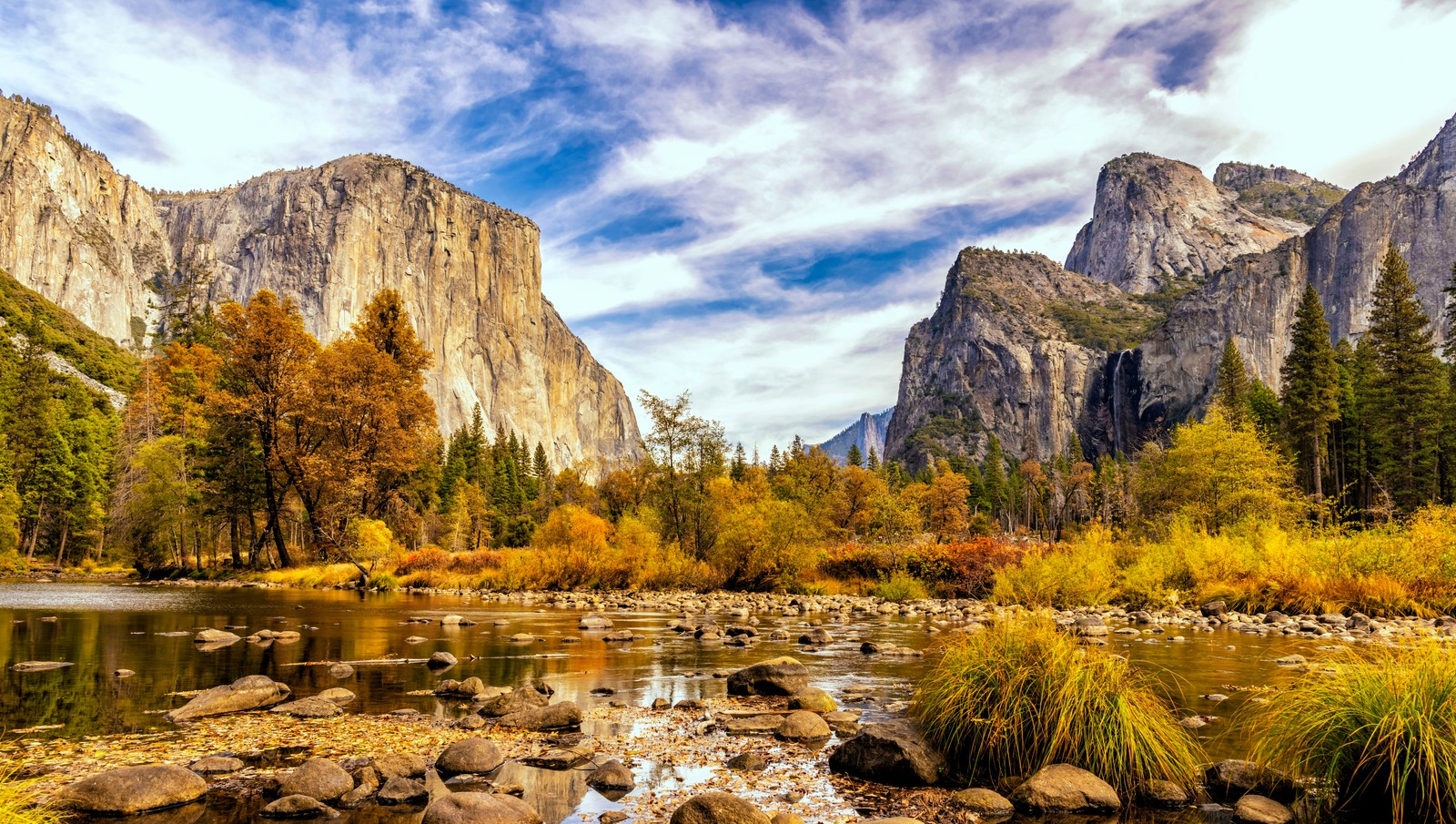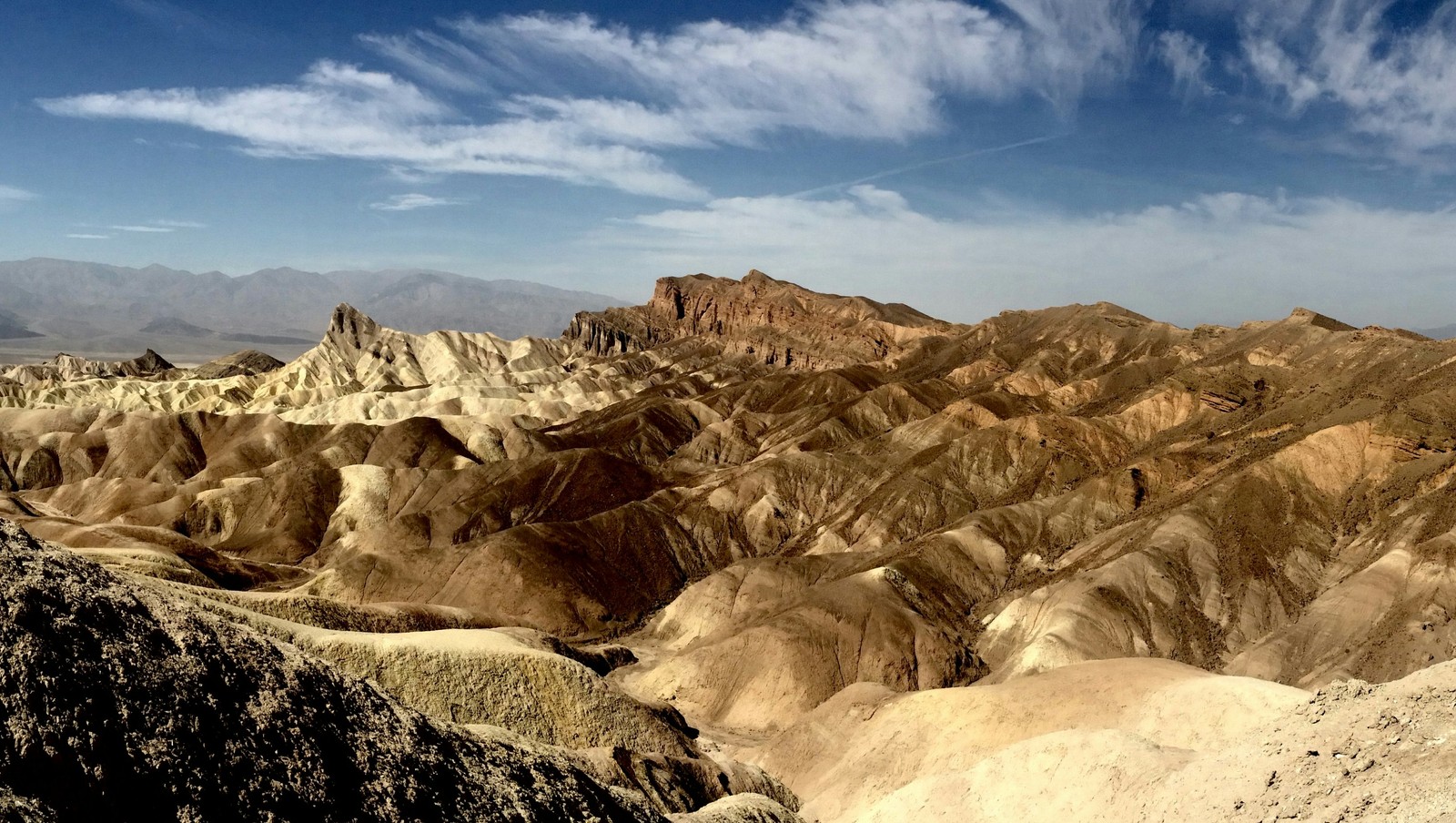FOLK HEROES
Tales From The Heartland: 10 Larger-Than-Life American Folk Figures

Image: Tim Mossholder
Nations make their heroes as embodiments of their shared values. Woven into their tales of might and their bold adventures are valuable lessons that are passed down through the ages. American legends are no exception, and these larger-than-life characters have captivated our imaginations for generations. From colossal lumberjacks to legendary steel-driving men, join us to explore the fascinating tales behind 10 of America’s most enduring folk heroes.
1
Paul Bunyan

Image: Abby Savage
Paul Bunyan , the colossal lumberjack of American folklore, is said to have cleared forests from the Northeast to the Pacific Northwest. With his blue ox, Babe , he performed incredible feats of strength, like carving out the Grand Canyon just by dragging his axe behind him, and creating the Great Lakes with his footprints.
Originating in oral traditions among lumberjacks, Bunyan’s exaggerated exploits gained momentum with the American westward expansion during the 19th century and soon became deeply ingrained in the popular imagination.
2
Johnny Appleseed

Image: Aarón Blanco Tejedor
Born John Chapman, Johnny Appleseed wandered the American frontier planting apple trees and spreading goodwill in the early 19th century. A devout Christian, he became a folk hero for his kindness, environmentalism, and pioneering spirit.
Contrary to the popular image of Johnny Appleseed randomly scattering apple seeds, he was a skilled nurseryman who meticulously planted apple tree nurseries. Each nursery was carefully fenced to shield the saplings from livestock and wildlife. After establishing these nurseries, he entrusted them to neighbors but revisited them periodically.
3
Pecos Bill

Image: JosephHershMedia
Pecos Bill , a fictional cowboy raised by coyotes in the wilds of Texas, became a larger-than-life figure known for taming cyclones and roping tornadoes. His adventures, first popularized in the early 20th century, embody the frontier spirit and Texas mythology, blending humor with tales of rugged individualism.
Among his many tales, one credits him with creating the Gulf of Mexico . According to legend, during a severe drought in Texas, Pecos Bill lassoed a storm cloud in California and brought it to Texas. The resulting deluge caused extensive flooding, ultimately forming the Gulf.
4
Davy Crockett

Image: Joseph Corl
Davy Crockett , known as the "King of the Wild Frontier," was a real-life frontiersman later turned politician whose exploits were mythologized even during his lifetime. Born in East Tennessee, he quickly gained fame for his sharp hunting skills and captivating storytelling.
During his time in the U.S. Congress, he staunchly opposed many of President Andrew Jackson’s policies, particularly the Indian Removal Act, and championed the rights of small landowners. Crockett’s life ended with valor at the Battle of the Alamo , solidifying his folk legend as a symbol of courage and patriotism. His legacy remains an enduring part of American history.
5
Calamity Jane

Image: Vidar Nordli-Mathisen
Martha Jane Canary, better known by her alias Calamity Jane, was a frontierswoman and scout famed for her sharpshooting skills and daredevil exploits. During her youth, she stepped up to provide for her large family, taking on various jobs, from ox team driver to scout for Fort Russell. Eventually, she embraced the rough and adventurous lifestyle that made her a legend.
Despite her fearsome reputation, Calamity Jane was compassionate and often helped those in need. Her adventures in the Wild West alongside figures like Wild Bill Hickok cemented her status as a legend of the American frontier.
6
Molly Pitcher

Image: Garry T
Molly Pitcher, the nickname given to Mary Ludwig Hays McCauley, became famous for her bravery during the American Revolutionary War. Although several historical figures are known by this moniker for similar deeds, Mary Ludwig Hays distinguished herself during the Battle of Monmouth in June 1778, where she served as a water carrier for the soldiers.
When her husband, an artilleryman in the Continental Army, fell to enemy fire, she took his place, swabbing and loading the cannon with such bravery and determination that she earned a commendation from George Washington.
7
Daniel Boone

Image: Scott Longerbeam
Daniel Boone was a legendary frontiersman and explorer who blazed trails through the Appalachian Mountains and into Kentucky. Born in 1734, Boone became famous for his expert hunting and survival skills, as well as his role in establishing the Wilderness Road, a trail that facilitated westward migration through the Cumberland Gap.
After serving as a militia officer during the Revolutionary War, he was briefly taken in by the Shawnees in the Northeastern Woodlands. After a few years, he returned and continued to help protect the Kentucky settlements.
8
Buffalo Bill

Image: Judy Beth Morris
William Frederick "Buffalo Bill" Cody was a legendary figure of the American West, known for his Wild West shows that toured the United States and Europe. Born in 1846, Cody was a skilled buffalo hunter, Army scout, and showman who brought cowboy skills and frontier life to audiences worldwide.
He earned his nickname after the Civil War by providing Kansas Pacific Railroad workers with buffalo meat, hunting record numbers of the animal. He even engaged in hunting competitions with his partner, Bill Comstock. His legendary figure has been frequently portrayed in film and television, especially during the height of the Western genre in the 1960s.
9
Wild Bill Hickok

Image: Pablò
James Butler Hickok, famously known as Wild Bill Hickok, was a legendary figure of the American Old West. Born in 1837, Hickok gained fame as a skilled marksman, gambler, and lawman.
Though his exploits were certainly exaggerated by the outlandish tales he told about himself, he was involved in several notorious gunfights during his life. Most notably, he dueled with Davis Tutt, a local gambler with whom he had various disagreements, particularly over their mutual affection for the same woman.
10
John Henry

Image: Lucio Patone
John Henry was a legendary steel-driving man whose man-against-machine tale epitomized the strength and resilience of the American worker. An African American freedman, his dangerous job involved hammering steel drills into rocks to create holes for explosives used to blast open railroad tunnels.
According to the legend, John Henry's prowess was tested in a race against a steam-powered drill. He won the race but tragically died after victory, hammer in hand when his heart gave out from the immense physical stress.
















